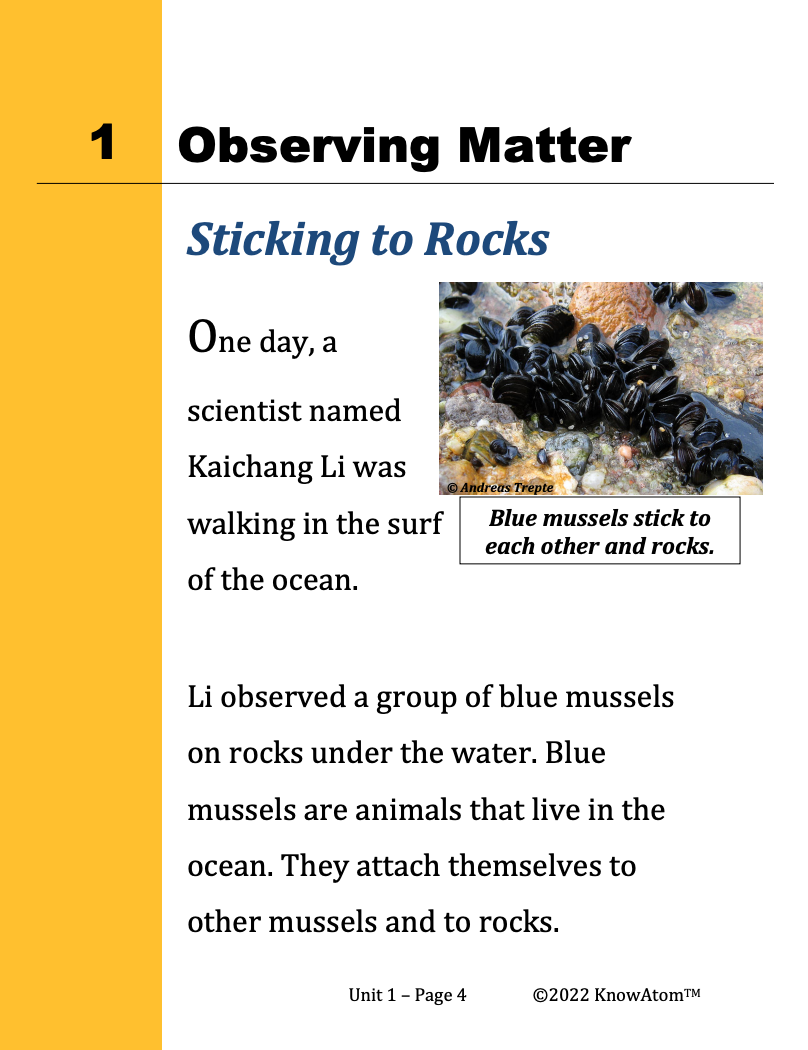
In this unit, students are introduced to scientific exploration as they observe and test the properties of different kinds of matter. For this lesson, students continue their exploration of properties of matter by classifying different kinds of objects according to observable properties.
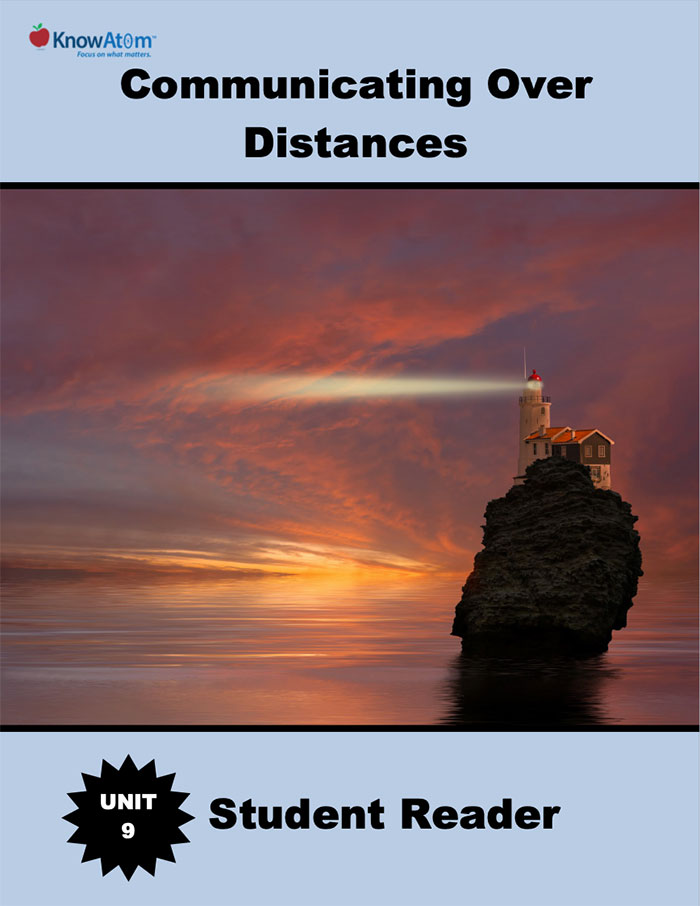
In the last unit, students explore how objects can be seen when they are illuminated by a source of light and how light passes through opaque, transparent, and translucent materials differently. In this unit, students apply what they have learned about light and sound to design a solution that can be used to communicate over a distance.

In Kindergarten, students begin to develop practices that scientists and engineers use to gather data, make and test hypotheses, and design prototypes based on evidence to solve problems. During this lesson students will ask questions, engage in Socratic dialogue, gather evidence through experimentation, and solve problems as they explore how the sun heats different Earth materials. This page is a high-level extract from lesson 10 where students build on their understanding of the sun’s energy to heat objects by conducting an experiment to investigate how color affects heat absorption.

In the final unit of Kindergarten, students explore how forces and how different factors can affect an object’s motion. They explore how objects move in different directions when they are pushed or pulled, and then investigate how changing the strength of a force changes the distance an object moves. Finally, students discover how friction can change motion.

In this unit, students discover that pushes and pulls are forces that change the motion of an object. They begin by exploring how objects move in different directions when they are pushed or pulled, and then investigate how changing the strength of a force changes the distance an object moves. They then use a model to see how friction affects the distance and speed with which an object moves over a surface.
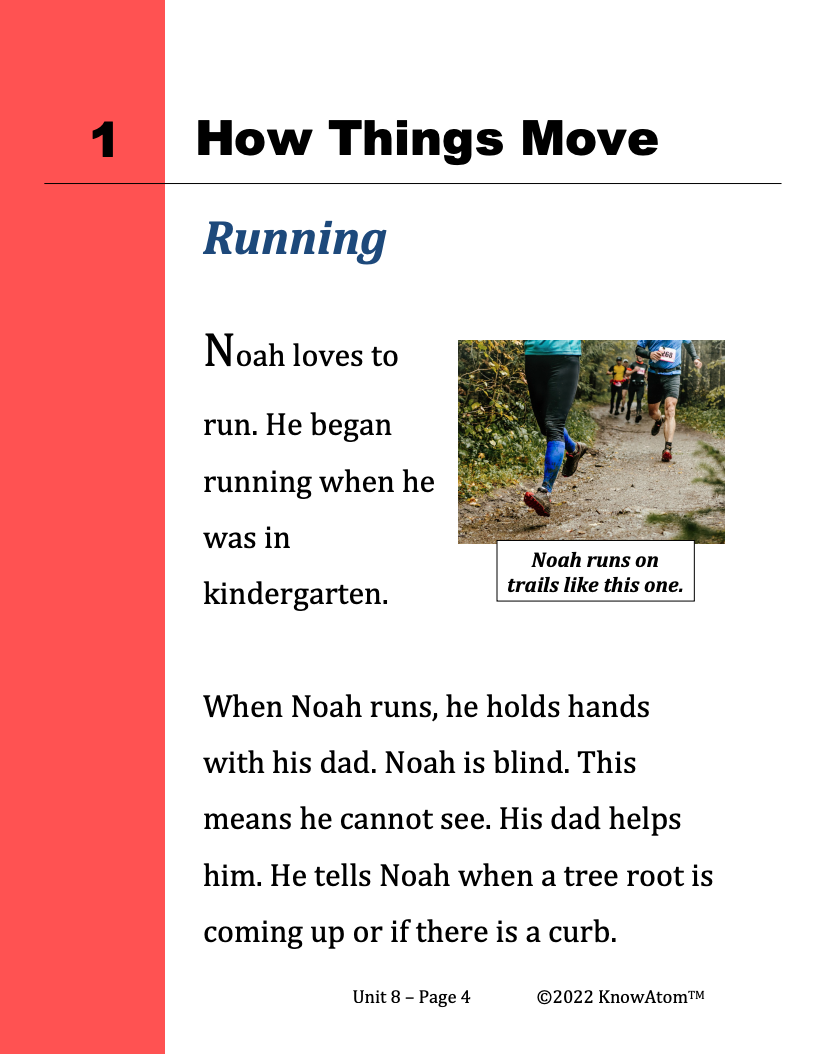
In this unit, students use propeller cars to explore the science phenomena of forces. They investigate action-reaction forces and see if a propeller car travels farther when its rubber band releases a smaller or larger force. Students then explore how friction affects motion by testing how far their car moves after rolling over smooth and rough surfaces.
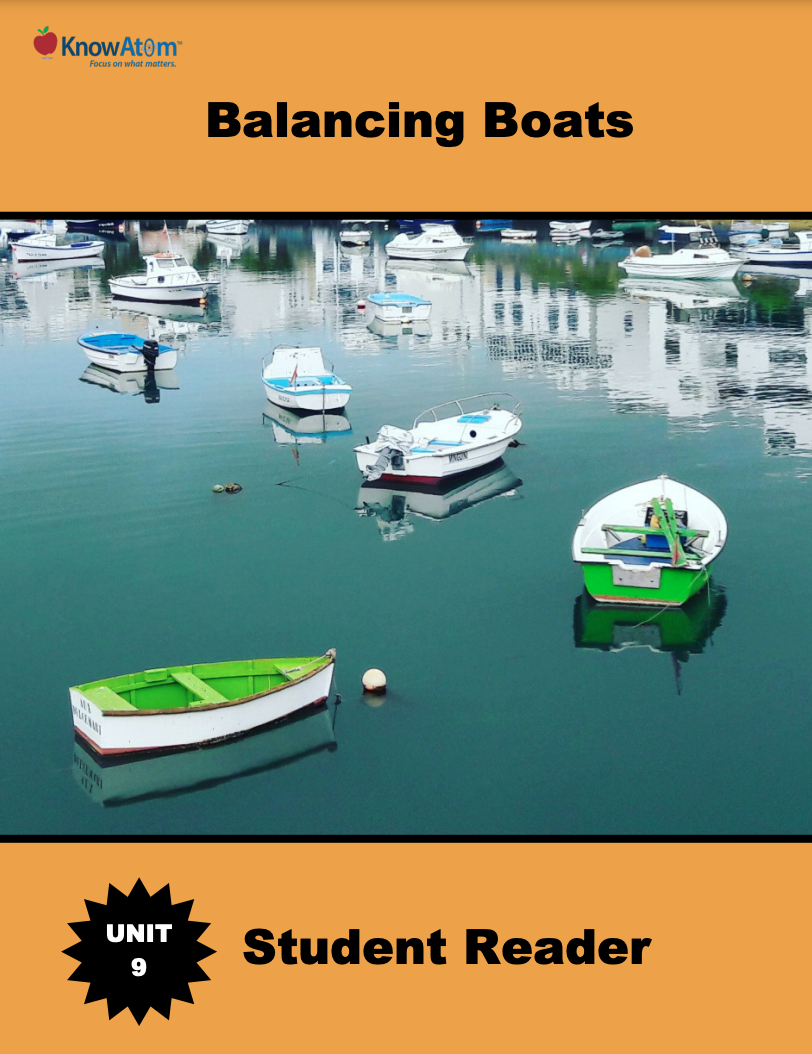
In the last unit, students used propeller cars to explore the relationship between forces and motion. In this unit, students continue to explore vehicles with a focus on boats and specifically the science phenomena of properties that cause objects such as boats to float or sink.
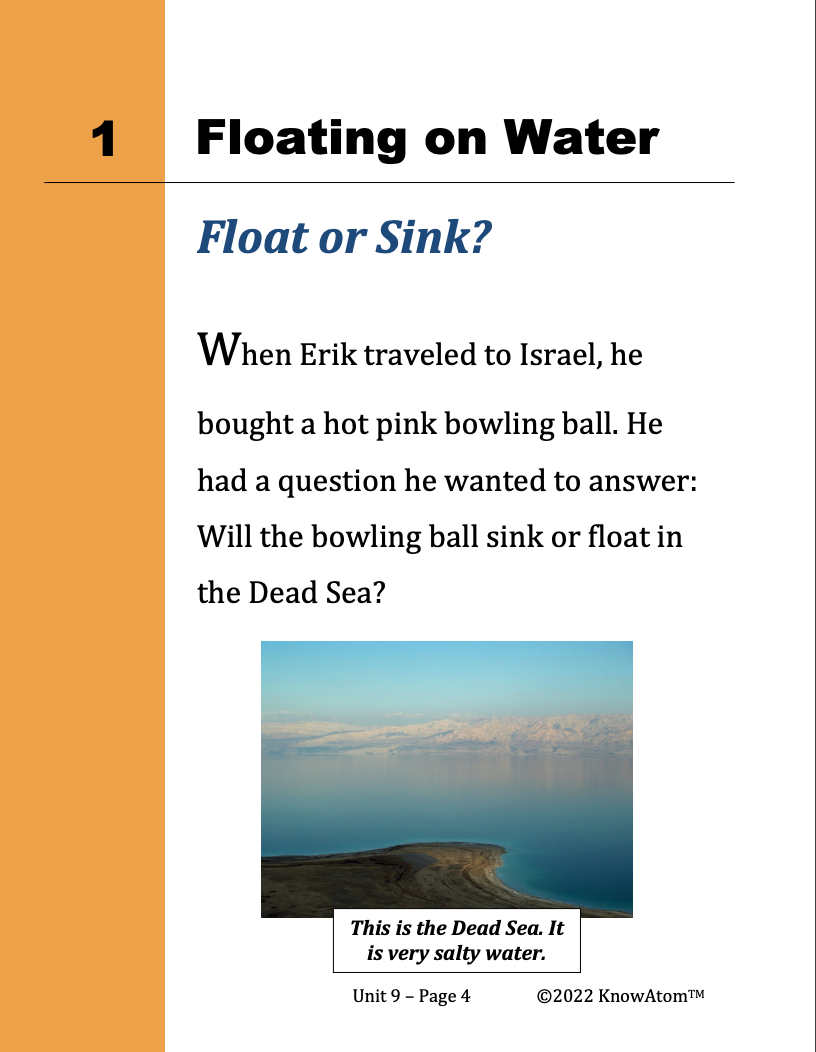
In this unit, students investigate what makes an object float or sink, exploring the science phenomena of properties of objects that float and sink. This page is a high-level extract of the last lesson in 2nd grade that has students applying their knowledge about the relationship between an object’s properties and its ability to float.
Standards citation: NGSS Lead States. 2013. Next Generation Science Standards: For States, By States. Washington, DC: The National Academies Press. Neither WestEd nor the lead states and partners that developed the Next Generation Science Standards were involved in the production of this product, and do not endorse it.
